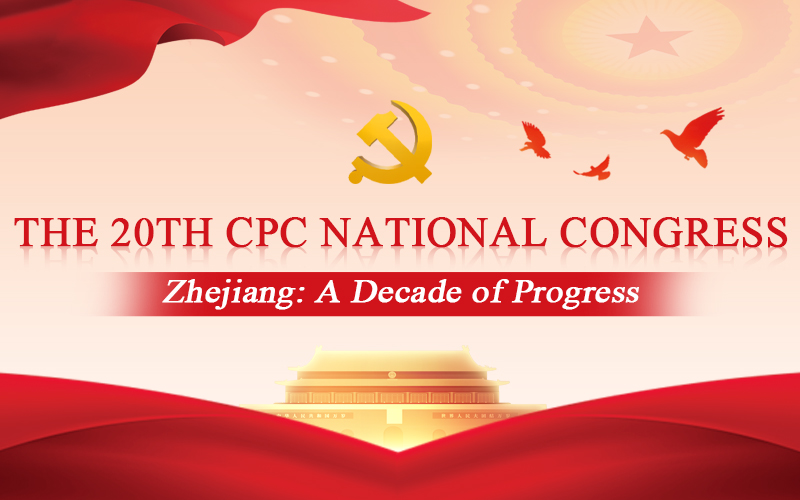Lifetime childlessness rate to grow, study says

SONG CHEN/CHINA DAILY
Research attributes change to delaying marriage, improved education levels
Over 5 percent of Chinese women remain childless over their lifetime, according to extrapolations from data recorded in 2020, a fourfold jump from a decade prior but remaining much lower than in most developed countries, a recent study revealed.
However, China's rate of childlessness is expected to continue to rise in the future and could impede efforts to realize an appropriate fertility level, highlighting the need to devise response strategies in advance, it said.
The study, published recently in the domestic journal Population Research, used data from the latest two national population censuses conducted in 2010 and 2020 to calculate the rate of childlessness among different age groups.
It found that 5.16 percent of women at age 49 had never given birth, rising from 1.29 percent in 2010.Because first-time childbirth after this age is rare, the figure can be taken as an indicator of lifetime childlessness.
Some countries use 42 years as the threshold for counting the rate of childlessness. By this standard, China's rate would stand at around 6.7 percent, still much lower than 11 percent in the United States and 19 percent in European Union countries.
The study found that well-educated women and those living in urban areas and northeastern provinces were more likely to never have children.
The study showed that the rate of lifetime childlessness for females with a college degree or higher reached nearly 8 percent in 2020, compared with 5 percent among women with a primary school or junior high school diploma.
The rate among women living in cities was 6.3 percent, compared with 3.7 percent for women in rural areas.
Northeastern regions have the country's lowest fertility levels and the highest lifetime rate of childlessness, which was estimated to stand around 6.3 percent in 2020.
The report noted that the rate of childlessness among women aged 20 to 30 grew by over 10 percentage points from 2010 to 2020.
"The rapidly rising rate among younger women reflects delays in marriage and childbearing, while the relatively slower growth rate among older women points to declining fertility levels and the rising phenomenon among Chinese women of opting to never have kids," the study said.
"With accelerating urbanization, the deepening trend of delaying marriage and childbearing, and improving education levels, the size and proportion of Chinese women who decide to never have kids will continue to grow," it said.
A survey led by the National Health Commission in 2021 showed that 9.5 percent of all females born in the 1990s planned to never have kids, and the rate was 11 percent for those with a college degree or higher.
The study noted the prevalence of infertility in China, which is estimated to stand at around 10 percent, will likely rise in the future and further drive up the lifetime rate of childlessness.
"The National Healthcare Security Administration said this year that it is mulling including fertility treatments in its medical insurance programs, and this policy can play a role in helping couples who want to have a baby at a later age realize their plans," the study said.
China registered its first population decline in over six decades last year, and the central leadership has recently stressed the significance of maintaining an adequate fertility level to achieve long-term and balanced population development.
"In China, few babies were born out of wedlock and families with multiple children are rare. As a result, the rising lifetime rate of childlessness in the country will exert a strong and nearly irreversible impact on the number of newborns and overall fertility level," said the study, adding that the phenomenon calls for heightened precaution.
It suggested creating a more fertility-friendly environment for the younger population and establishing a monitoring and alert system for measuring lifetime childlessness.


 Shaoxing Showdowns
Shaoxing Showdowns Zhejiang: A Decade of Progress
Zhejiang: A Decade of Progress Shaoxing in expats' eyes
Shaoxing in expats' eyes